Sustainable Farming Practices
Introduction
Sustainable farming practices, also known as sustainable agriculture, are farming strategies that aim to maintain and improve the environmental health while simultaneously promoting economic profitability and social and economic equity[^1^]. These practices are designed to meet current and future societal food and textile needs, ensure a quality of life for farmers and society as a whole, and maintain the natural environment and resources[^2^].
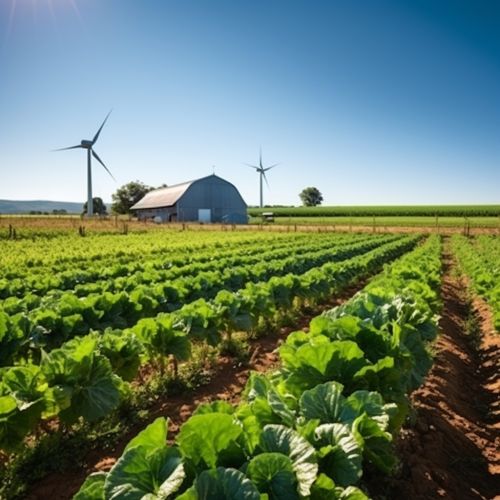
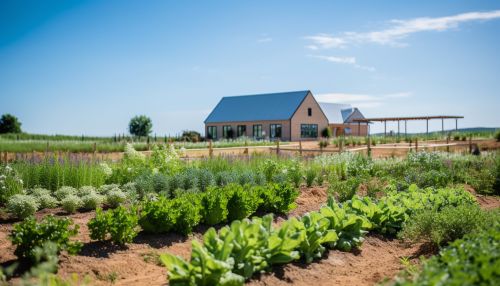
Principles of Sustainable Farming
The principles of sustainable farming are based on the integration of three main goals - environmental health, economic profitability, and social and economic equity[^3^]. These principles are applied in a variety of ways, depending on the specific circumstances of each farm.
Environmental Stewardship
Environmental stewardship is a key principle of sustainable farming. This involves managing agricultural systems in a way that maintains and improves the quality of the environment and conserves natural resources[^4^]. This can be achieved through practices such as crop rotation, organic farming, and the use of renewable energy sources[^5^].


Economic Profitability
Economic profitability is another important principle of sustainable farming. This involves ensuring that farming practices are economically viable and provide a sufficient income for farmers[^6^]. This can be achieved through efficient use of resources, reducing reliance on non-renewable resources, and adding value to agricultural products through processing and marketing[^7^].
Social and Economic Equity
Social and economic equity is the third principle of sustainable farming. This involves ensuring that farming practices are fair and contribute to the quality of life for farmers and society as a whole[^8^]. This can be achieved through fair trade practices, providing fair wages and working conditions for farm workers, and contributing to local economies[^9^].
Methods of Sustainable Farming
There are various methods of sustainable farming that farmers can adopt to achieve the principles of environmental stewardship, economic profitability, and social and economic equity.
Crop Rotation
Crop rotation is a method of sustainable farming that involves changing the type of crop grown in a particular area each year or season[^10^]. This practice helps to maintain soil fertility, reduce soil erosion, and control pests and diseases[^11^].
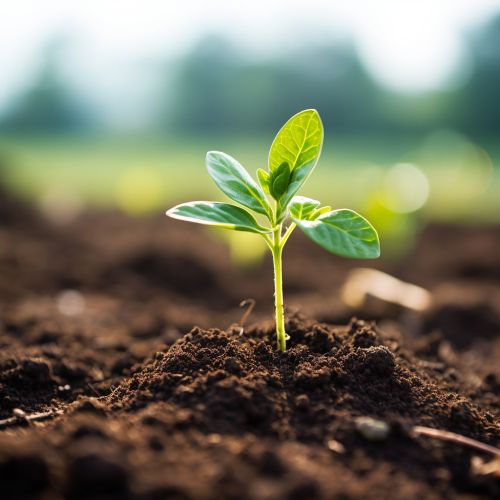
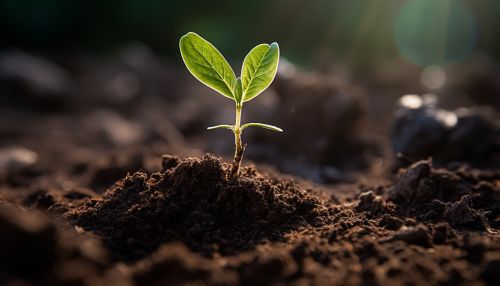
Organic Farming
Organic farming is a method of sustainable farming that involves growing crops without the use of synthetic pesticides, fertilizers, genetically modified organisms, or growth hormones[^12^]. This practice helps to maintain soil health, reduce pollution, and promote biodiversity[^13^].
Agroforestry
Agroforestry is a method of sustainable farming that involves integrating trees into crop and livestock systems[^14^]. This practice helps to conserve soil and water, enhance wildlife habitat, and provide additional income from timber and non-timber products[^15^].

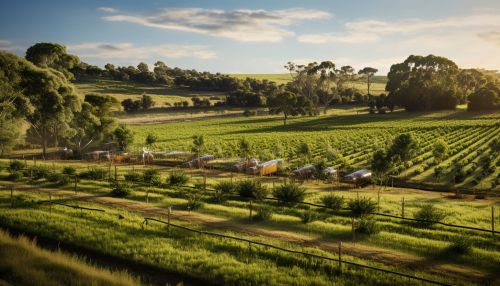
Benefits of Sustainable Farming
Sustainable farming practices offer a range of benefits for the environment, farmers, and society as a whole.
Environmental Benefits
Sustainable farming practices help to maintain and improve environmental health by conserving natural resources, reducing pollution, and promoting biodiversity[^16^]. For example, crop rotation and organic farming help to maintain soil health, while agroforestry helps to conserve soil and water and enhance wildlife habitat[^17^].
Economic Benefits
Sustainable farming practices can also provide economic benefits by improving farm profitability and contributing to local economies[^18^]. For example, efficient use of resources and adding value to agricultural products can increase farm income, while fair trade practices and providing fair wages and working conditions for farm workers can contribute to local economies[^19^].
Social Benefits
Sustainable farming practices can also contribute to social and economic equity by improving the quality of life for farmers and society as a whole[^20^]. For example, organic farming can improve food safety and nutrition, while agroforestry can provide additional income from timber and non-timber products[^21^].
Challenges and Future Directions
Despite the many benefits of sustainable farming, there are also challenges that need to be addressed. These include the high costs of transitioning to sustainable farming practices, the need for more research and development, and the need for supportive policies and regulations[^22^]. Looking ahead, the future of sustainable farming will likely involve continued innovation and adaptation, increased use of technology, and greater emphasis on social and economic equity[^23^].
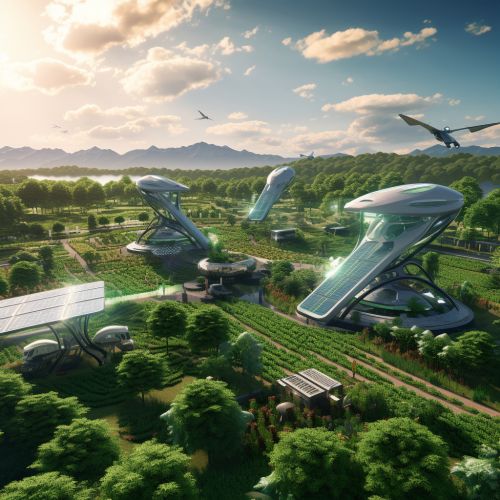
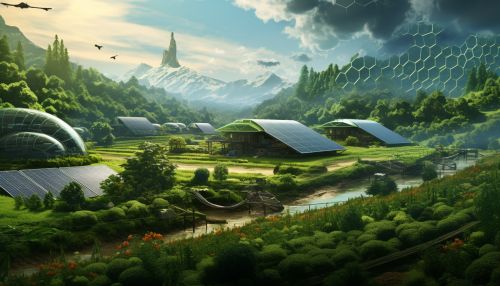
See Also
References
[^1^]: National Sustainable Agriculture Coalition. (2017). What is sustainable agriculture? Retrieved from http://sustainableagriculture.net/about-us/what-is-sustainable-ag/ [^2^]: Ibid. [^3^]: Ibid. [^4^]: Ibid. [^5^]: Ibid. [^6^]: Ibid. [^7^]: Ibid. [^8^]: Ibid. [^9^]: Ibid. [^10^]: University of California, Davis. (2016). Crop rotation. Retrieved from http://sarep.ucdavis.edu/sustainable-ag/ [^11^]: Ibid. [^12^]: United States Department of Agriculture. (2016). Organic farming. Retrieved from https://www.usda.gov/topics/organic [^13^]: Ibid. [^14^]: World Agroforestry Centre. (2016). Agroforestry. Retrieved from http://www.worldagroforestry.org/ [^15^]: Ibid. [^16^]: National Sustainable Agriculture Coalition. (2017). What is sustainable agriculture? Retrieved from http://sustainableagriculture.net/about-us/what-is-sustainable-ag/ [^17^]: Ibid. [^18^]: Ibid. [^19^]: Ibid. [^20^]: Ibid. [^21^]: Ibid. [^22^]: Ibid. [^23^]: Ibid.
